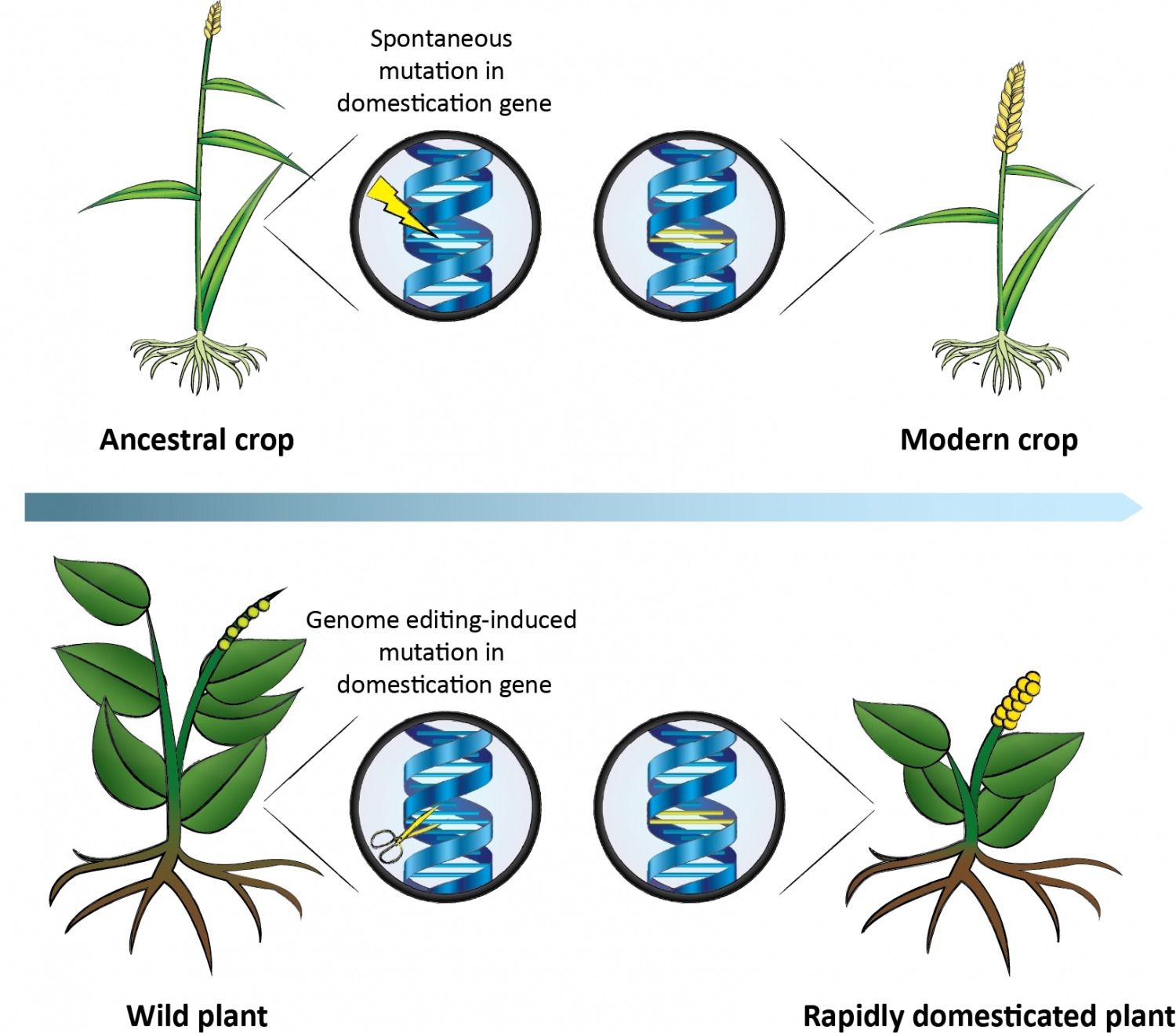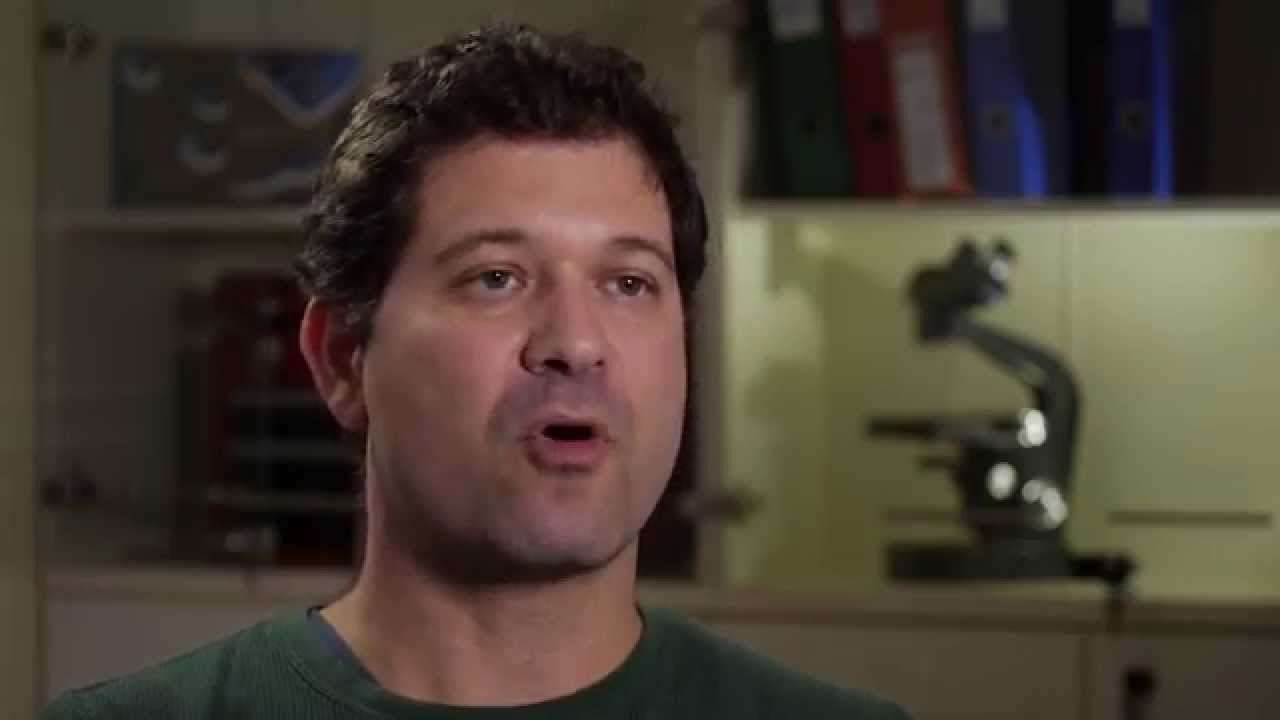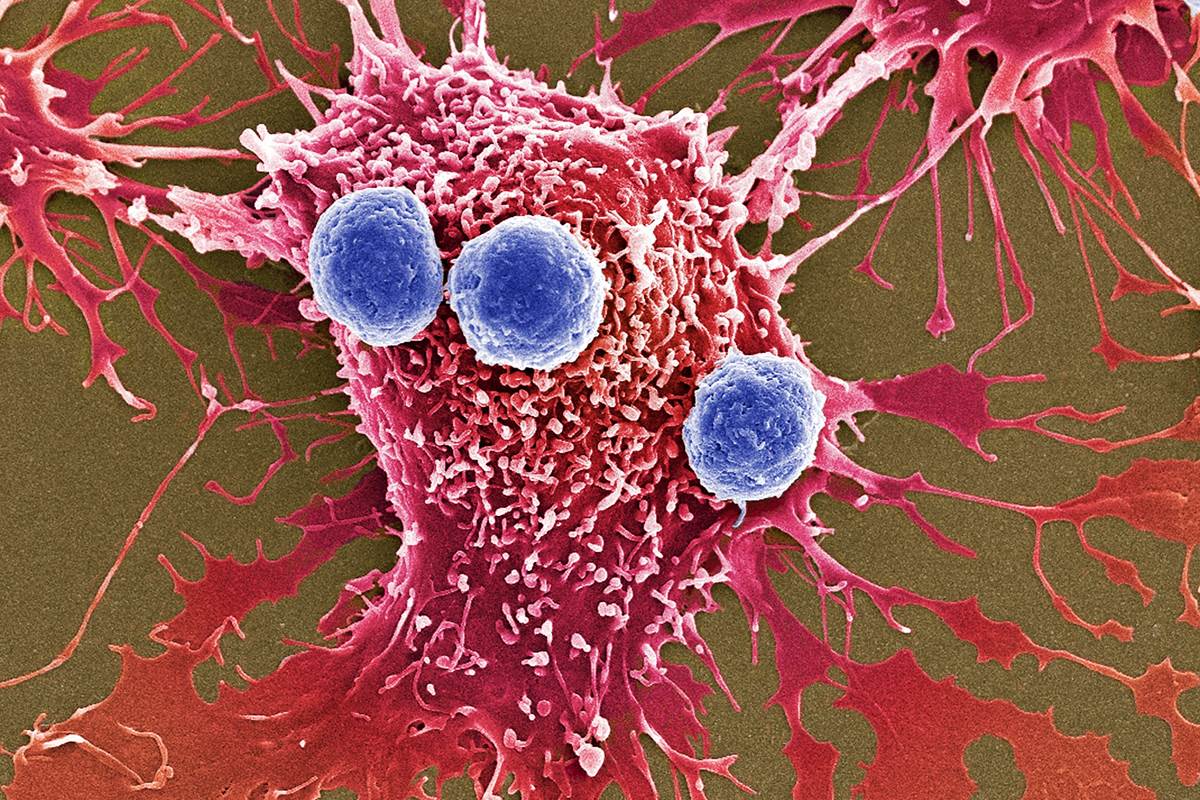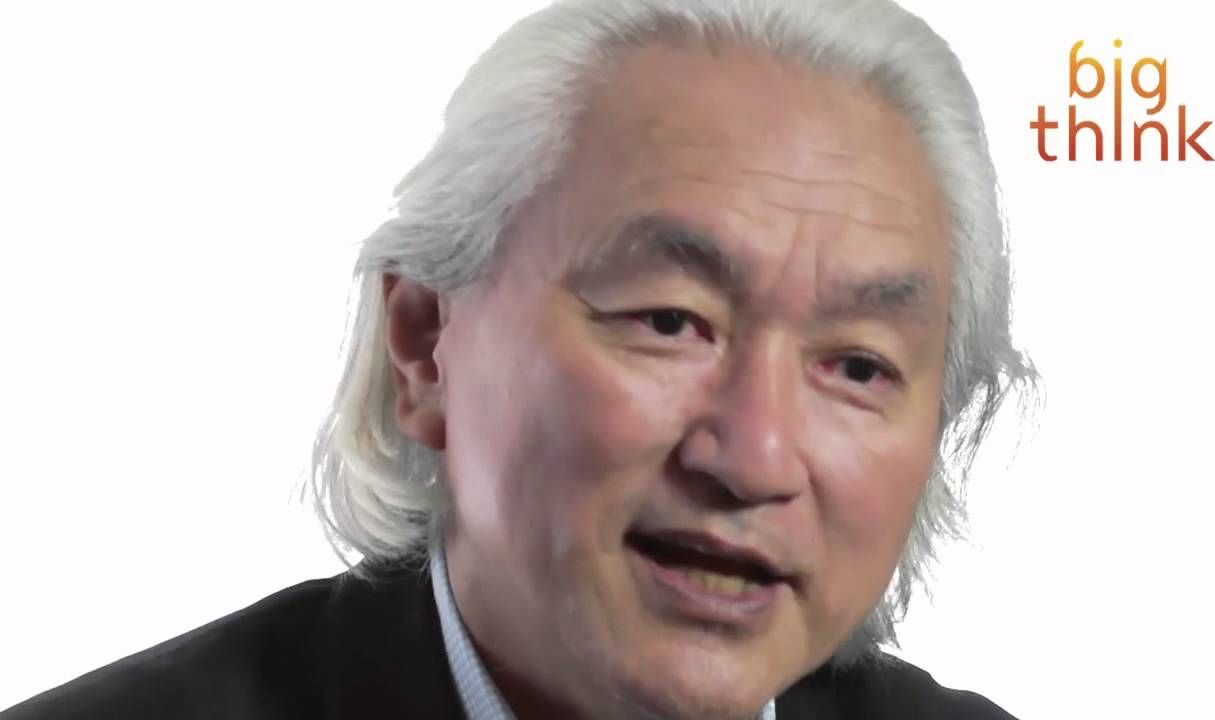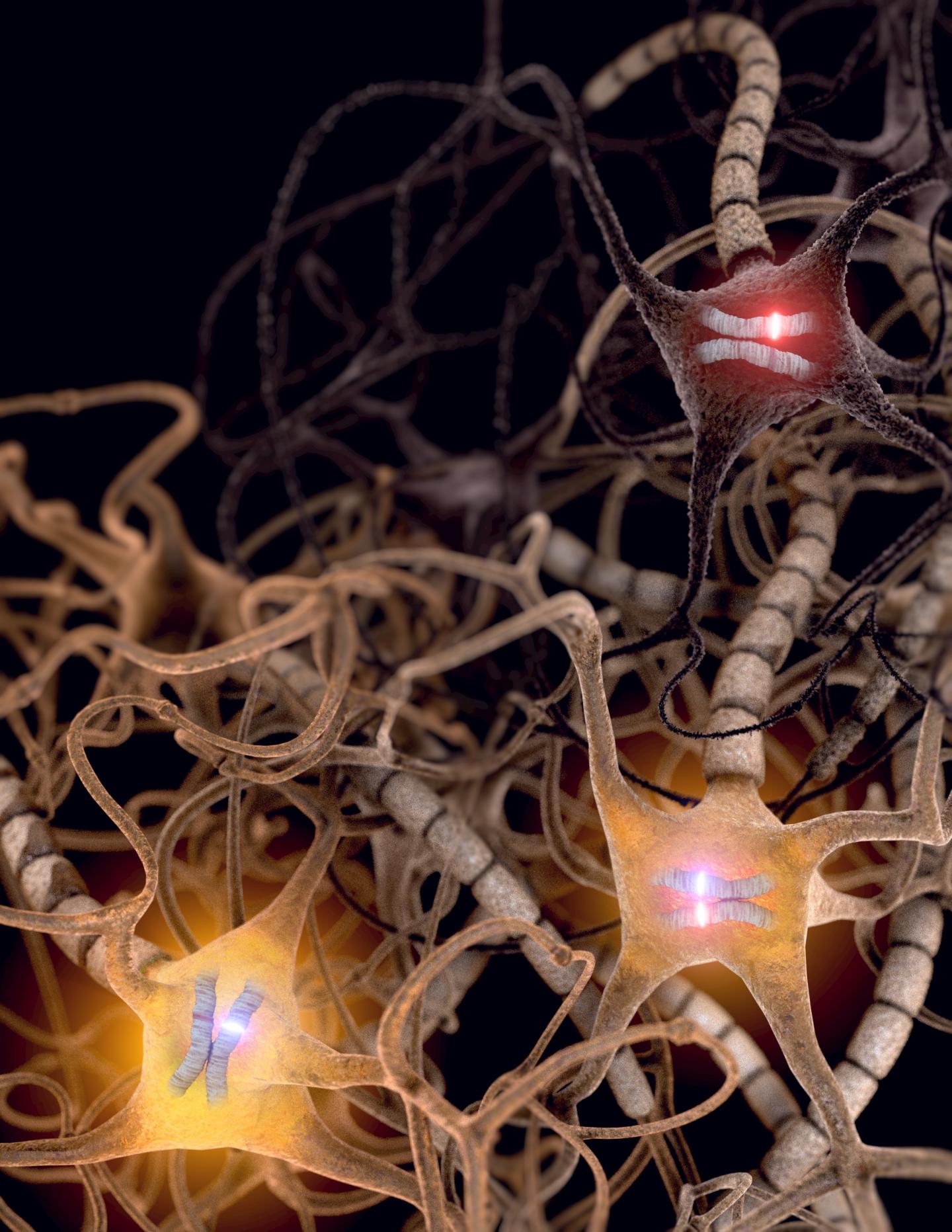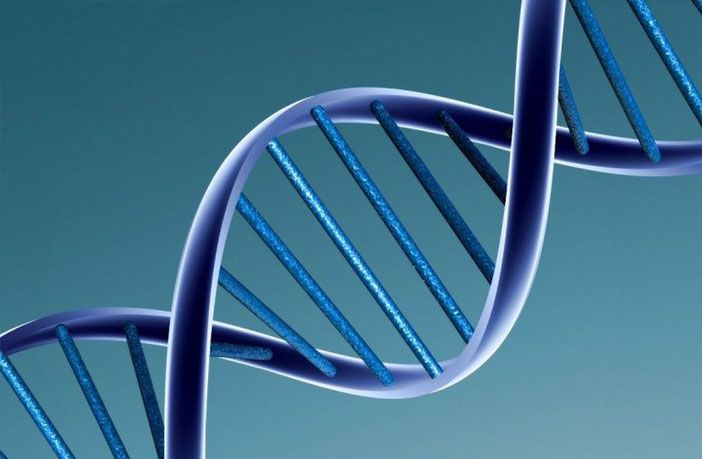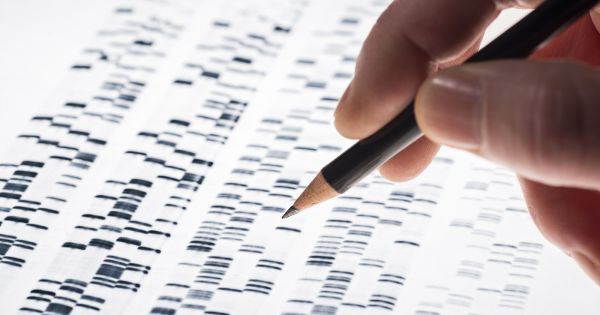Mar 4, 2017
New Evidence Links the Collapse of Aztec Society to a Deadly Salmonella Outbreak
Posted by Germen Roding in categories: biotech/medical, genetics
A new pathogen can have devastating consequences in genetically homogenous populations.
When Spanish forces arrived in Mexico in 1519, the native population was estimated to be around 25 million. A century later, there were only around 1 million left, following several devastating outbreaks of disease brought in from overseas.
Despite plenty of speculation, the diseases that contributed to the collapse of Aztec society remain unconfirmed. But now scientists have presented the first DNA evidence of a bacterial species from one of the worst epidemics — and it suggests that a deadly outbreak of salmonella might have been involved.

